-
Posts
574 -
Joined
-
Last visited
-
Days Won
2
Content Type
Profiles
Forums
Blogs
Gallery
Events
Store
Posts posted by Trooper_D
-
-
1 hour ago, JapanX said:
Regarding Webley & Scott.
Original advertisment.
"To be frank Q, 183 looks like a ladies' pistol.* I'll take 182, thanks".
* (although Bond's original pistol, a Beretta 418, was little better, I understand!)
0 -
1 hour ago, Claudius said:
Yes, I was a spectator to this decision, however I wasn't going to refuse items off it on principle. I didn't have a lot of money back then, and the pilot badge was a lot of my budget.
I am sure that you were right to try to rescue something out of what was a foregone conclusion, Claudio!
1 -
That . Is . Astonishing !
But it was taken apart and dispersed??? It should have been in a museum but at least let us thank goodness you were able to take photographs of it.
I have never come across anything like this before. Are 'hate belts' a genre?
0 -
1 hour ago, Philippe van M. said:
I did publish a blog post about Cornet-Auquier in 2016 (that I recently refreshed).
Would you be kind enough to post a link to your blog post, please, Philippe?
0 -
21 hours ago, Doc said:
Thanks, Trooper D-- much more information than I had before.
My pleasure, Doc. As an additional data point, you might want to consider the image below, which comes from an Osprey Publishing book on Hong Kong during WW2 (click on the source reference to see it online at Google Books). You will note the triangular flashes on their helmets!
Edited to add: This Facebook posting confirms that the Scottish Company adopted a uniform based on the Gordon Highlanders
0 -
20 hours ago, Doc said:
Thanks, Trooper D-- much more information than I had before.
My pleasure, Doc. As an additional data point, you might want to consider the image below, which comes from an Osprey Publishing book on Hong Kong during WW2 (click on the source reference to see it online at Google Books). You will note the triangular flashes on their helmets!
0 -
I have a couple of possibilities for you, if this photo was actually taken in Hong Kong. My first step was to establish whether Google Image Search could find any other example of this photo with a caption. It couldn't. Next, I asked myself the question 'which Highland regiments were garrisoned in HK, in the inter was years'? Wikipedia, with the usual caveats about it as a reliable source, lists all the units who have been based in HK for a tour,
https://en.wikipedia.org/wiki/British_Forces_Overseas_Hong_Kong
The list shows that the only kilt-wearing regiment were the 1st Battalion, Seaforth Highlanders (1937–38). However, I also stumbled across a post on this forum,
which shows a photo of a group of soldiers from 2nd (Scottish) Coy. HKVDC (Hong Kong Volunteer Defence Corps), with the following post describing the sporrans as being Gordon Highlander pattern. To my eye, the sporrans are the ones worn in your photo so, as the Gordon Highlanders never served in HK, it suggests that your photo is of an inspection of the 2nd (Scottish) Coy. HKVDC.
In order to date the photo, it might be worth trying to identify the inspecting officer, who is a member of the general staff and may be Commander British Troops in China, with, inevitably, Wikipedia having a list of them,
https://en.wikipedia.org/wiki/Commander_British_Forces_in_Hong_Kong
For what it is worth, based on the pictorial evidence in the link below, I wouldn't discount it being Major-General Edward Grasett, perhaps inspecting the HKVDC on taking command.
0 -
On 11/04/2020 at 18:53, Claudio said:
Thanks for your kind comments...
I have here a couple of nice portraits of ladies belonging to high nobility pre-1914 in Prussian uniforms as well.
Thanks for showing the astonishing image of Princess Louise Margaret, Duchess of Connaught as she became after marriage.
https://en.wikipedia.org/wiki/Princess_Louise_Margaret_of_Prussia
A slightly larger image can be found on the UK Royal Collection web site,
Apart from being an extremely handsome portrait, two and a half things strike me about this photo. First, I hadn't realised how shiny a new Pickelhaube could be.
Secondly, I never expected to see a UK Order of St John medal worn court mounted in the Prussian style. Rather nice! My second and a half observation is that she is wearing it back-to front as the Lion should be in the top right quadrant rather than the Unicorn (see below)

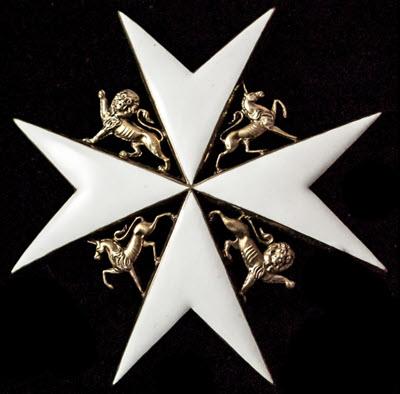 0
0 -
17 hours ago, quicksilver said:
Can anyone please suggest a book which lists the details or dress regulations of British diplomatic uniforms. I am keen to know the details of Class IV and V 1960s uniforms worn in the Arabian aka Persian Gulf?
tku
quicksilverI am not sure that they have changed since the 1921 regulations were published, have they?
https://archive.org/stream/dressinsigniawor00greauoft#mode/1up
0 -
6 hours ago, ArHo said:
@Trooper_D Wow, that is a useful tip to try in future research - thanks!
Cheers
Glad to have been of help in your future research projects. I believe that there are more sophisticated search engines which are optimised for what are called a 'Reverse Image Search' (Google that phrase and you will find many of them) but Google Images is always a good start.
btw https://images.google.com/ is a better link than the one I gave in my previous post.
0 -
15 hours ago, ArHo said:
I would love to hear how you tracked this man. Did you already know his face from some research for example?
I don't know how Graham did it, ArHo, but if you upload your image to Google image search (https://www.google.com/imghp then click the camera icon and, after that, the Upload an Image tab) you will see your man about the fourth result down. (I used the URL of your image.)
0 -
On 12/03/2020 at 04:18, Bayern said:
The tall man with lancer uniform on the second pic is Lieutenant Max Mulzer ,a former officer in the 8th Bavarian Chevaulegers . he was awarded with the Max Joseph Order and then became Ritter von Mulzer . he wears the field grey model of the Bavarian lancer tunic called Spencer and not Ulanka ,with the white regimental piping on collar cuffs and lapels.
I was intrigued by the use of the English name 'Spencer' for a seemingly German item of uniform. As ever, the Oxford English Dictionary is helpful,

The Wikipedia article on the second Earl alleges that the garment came about when the tails on the Earl's (perhaps double-breasted?) coat got burnt and he had them cut off. Other Internet sources suggest that the new short coat was adopted by the Napoleonic French army.
However, do we know that the term 'Spencer' is actually correct for the tunic worn by the Bavarian Chevauleger. Might someone be able to provide an extract of Bavarian dress regulations?
0 -
6 hours ago, peter monahan said:
Seriously, that is a great piece of history. I know that the regiments had regimental schools but in my middle-aged male mind it'as always been ' for the boys... until old enough to enlist'. But of course there were girls too. I wonder if their curriculum was different and went beyond basic literacy and numeracy?
Peter
I don't think that this was a Regimental school (for the training of boy soldiers) but, rather, a school for children of the Regiment. Thus it was not set up to educated boy soldiers but to conform with the requirements of the various Education acts as they pertained to the children of Married Quarters (in its broadest sense) were concerned. From 1899, all children were meant to be in school from the ages of five to 12, as per this link
Interestingly, after the 1902 Education Act, the education of children became the responsibility of "local education authorities under the control of the county and county borough councils" (see link below), which suggests to me that this photo was taken before that date (the physical training instructor in the photo would have been a civilian, post 1902, I would have thought).
0 -
Joy
As I expect you know, Eastney Barracks was the home of the Royal Marine Artillery from 1867 until their amalgamation with the Royal Marine Light Infantry (to form the Royal Marine Corps) in 1927
https://www.geograph.org.uk/snippet/13158
I imagine that this was a girls' school established - and situated in the barracks, perhaps - to educate the daughters of the men living in married quarters.
1 -
You might like to compare it with the photos below, which come from the Musée de l’Armée Invalides web site. More details of this exhibit can be found here,
https://basedescollections.musee-armee.fr/ark:/66008/14937
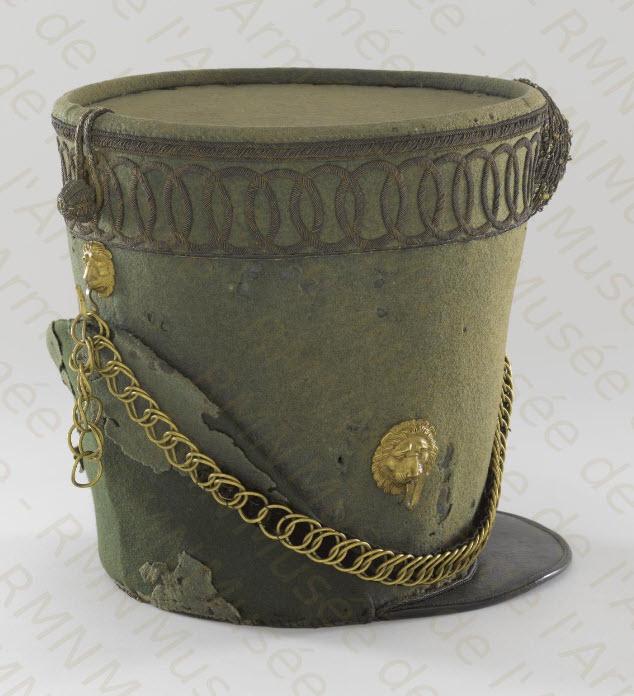 0
0 -
Owain
You may have seen this already but Google threw up this variant, which had been on sale at eBay.
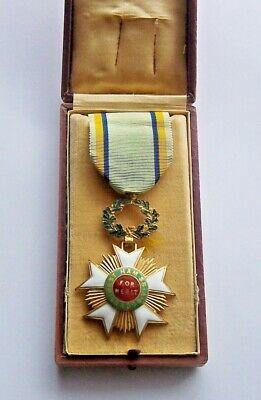
Unfortunately, the listing is no longer available. However, the following was discernible from the search results:"UNUSUAL FRENCH/BRITISH FULL SIZE MEDAL (WEST HAM SS A LONDON)
Here we have a full size medal that we know nothing about. Found in France it is made in the French style."
I'm not sure that that is particularly helpful but it is another data point.
0 -
More here from Burke's A genealogical and heraldic history of the landed gentry of Great Britain & Ireland (1906)
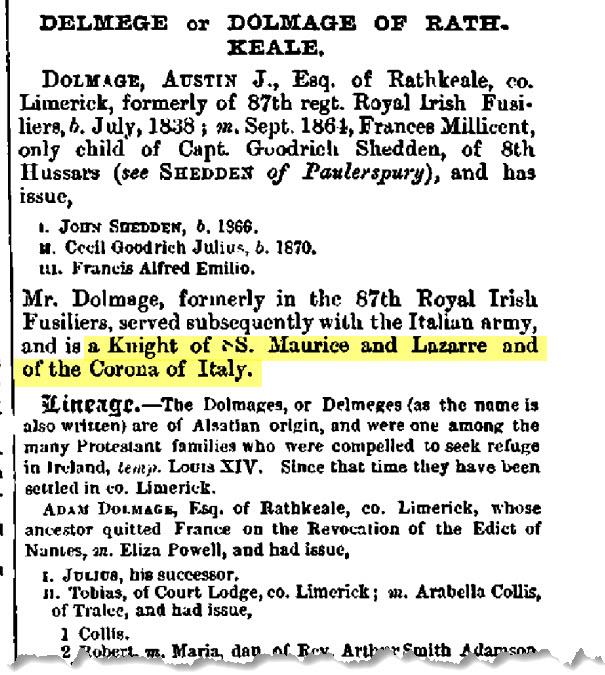
I suspect that he volunteered to serve with Garibaldi, as suggested by the reference you found, ilja559. In any event, the 1911 UK census shows that his son John was born in Sorrento in 1866.
0 -
On 14/01/2020 at 09:49, ilja559 said:
I find here Dolmage name. May be the same man
It probably is. There seems to be some variation in what he called himself: sometimes James, sometimes Jonas - and then not always as his first name. More here,
0 -
28 minutes ago, Paolo T. said:
it doesn't concern the period of your interest but in our collection of photographs we have an album of the 2nd battalion in Italy.
You can see it here:
https://www.grandeguerraphotoarchive.com/2nd-honourable-artillery-company.html
What a fascinating page! Thanks for posting the link, Paolo.
0 -
... and it's stories like this which, for me, make GMIC a 'must read'! Thanks Lars.
0 -
On 29/12/2019 at 02:30, Dave Danner said:
The last order is listed in the Kriegsrangsliste under foreign awards, below the "vaterländische" awards entry you posted, as Sc.F.3b, which is the Knight 2nd Class of the Royal Order of Francis I (Reale Ordine di Francesco I) of the Kingdom of the Two Sicilies. It was awarded on 18 August 1891.
And here is a photo of the Knight 2nd Class from our favourite Internet-based purveyor of medals in the Great White North. It's expensive! (The First Class has a crown above the badge.)

ETA: Someone else who got a Second Class in April 1891 was another Bavarian, Wilhelm Frieherr von Leonrod (his award letter was sold - not to me - on 14 March of this year, lot 1046, by Hermann Historica).
1 -
My guess is that this was worn by a member of a Marching Band in Sicily, of the type that is seen in Easter parades in Palermo and elsewhere. Many of them wear quasi military uniforms. Google >palermo "Corpo Bandistico"< and you will see many photographs of such bands.
0 -
7 hours ago, Bayern said:
Hello ,I repeat what Prince Lajos said in his book Helden und Halunken, Heros and Villains, By my own I think that must have exists some resentment from the old KuK or KK czech officers against the Legionaires and their Commanders Sirovy, Stefanik and Gajda because of their dominant often agressive behaviour
Thank you for this, Bayern. Your suggestion makes good sense. What a shame that Prince Lajos wasn't more specific - there is a time and a place for princely discretion but this was not it, perhaps
 0
0 -
20 hours ago, Bayern said:
Prince Lajos Windischgraetz stated in a book he wrote about his life and circumstances that in 1919 1920 the majority of the new Czechoslovak Army hated General Jan Sirovy and the legionaires .
Very interesting, Bayern. Could you give a very short explanation as to why this was the case, please?
0



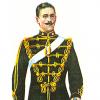
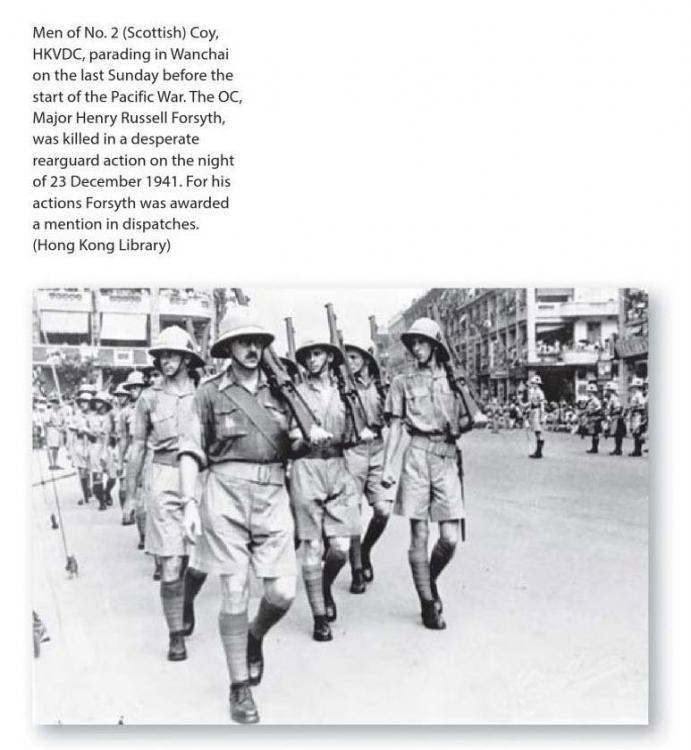
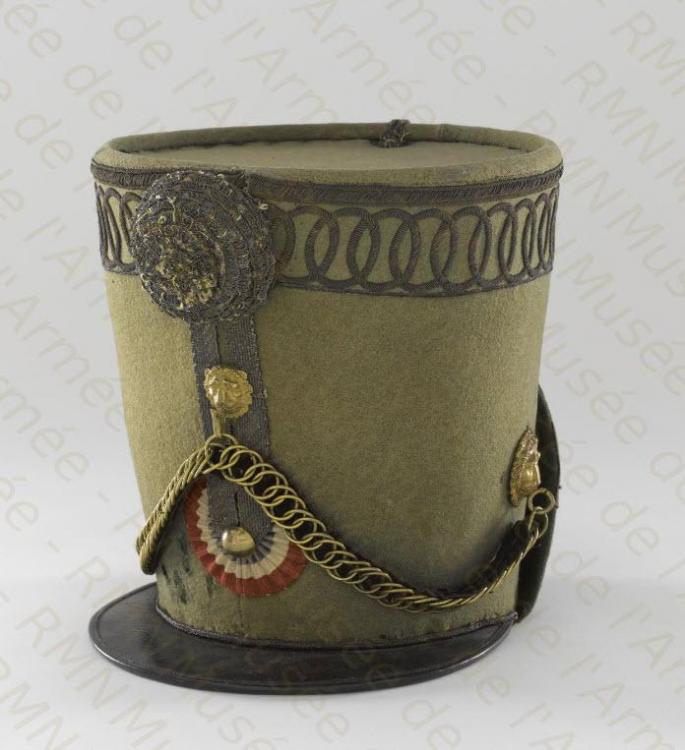
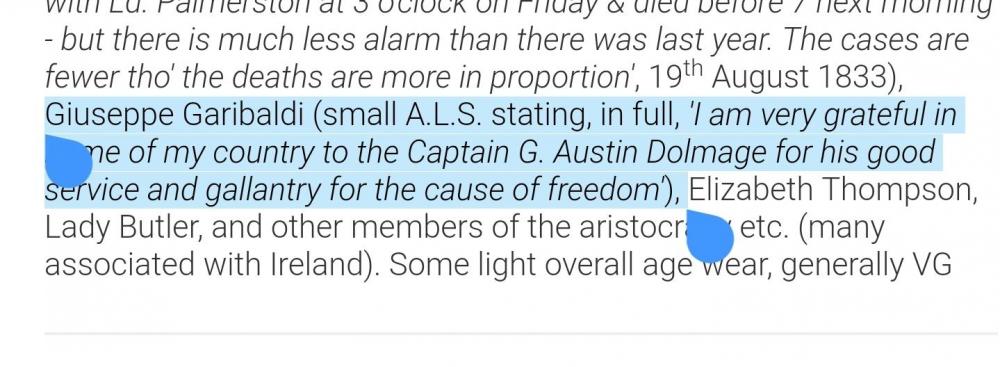
December 1918 Photo ID document
in Russia: Imperial
Posted
A very interesting read! Thank you.